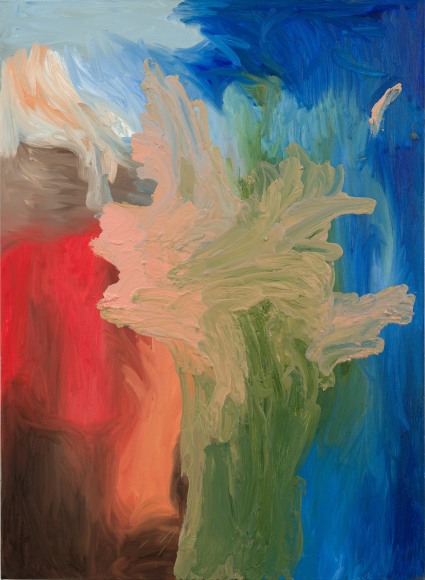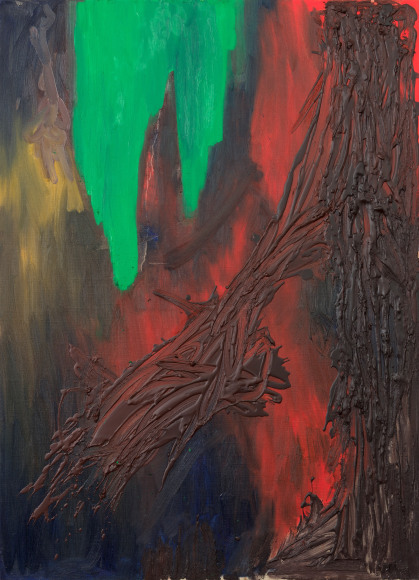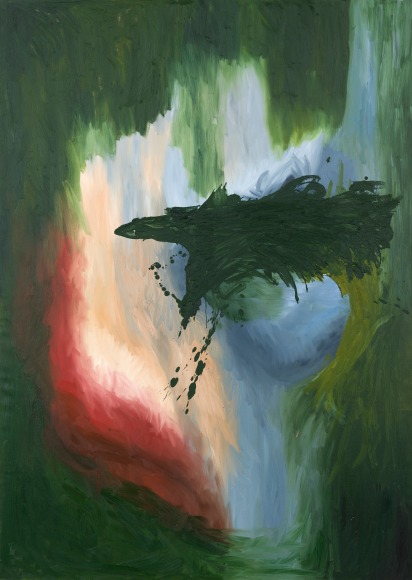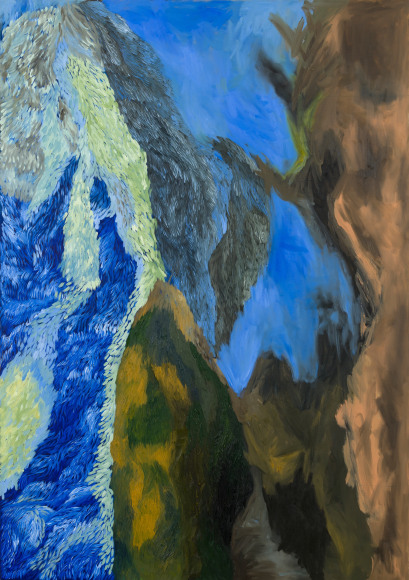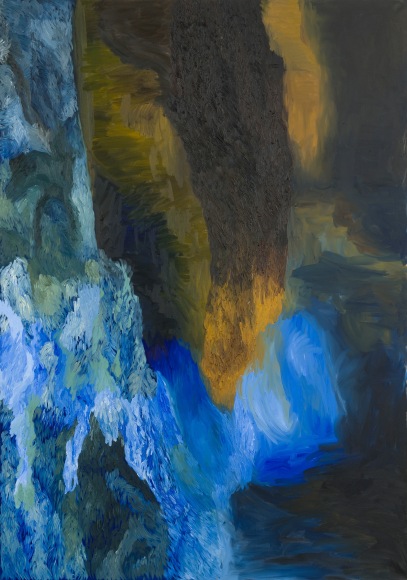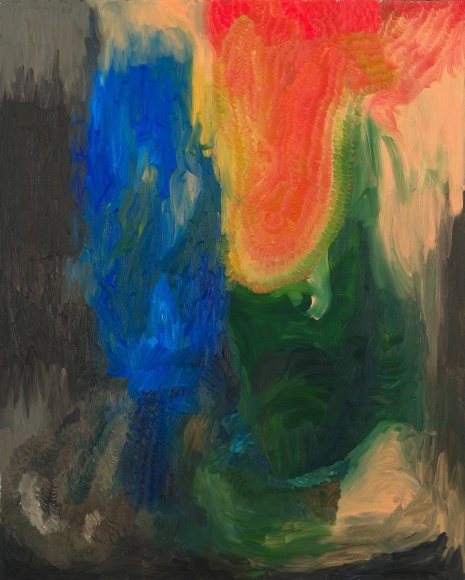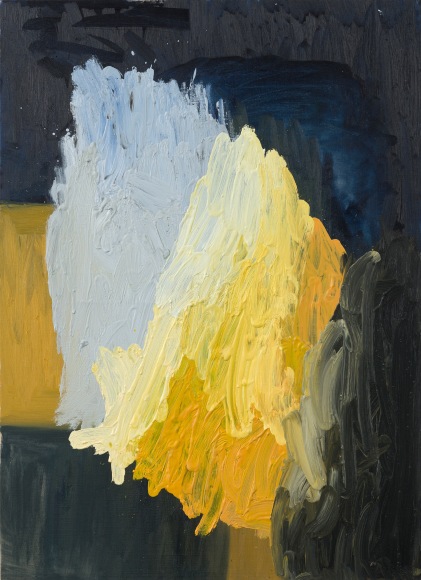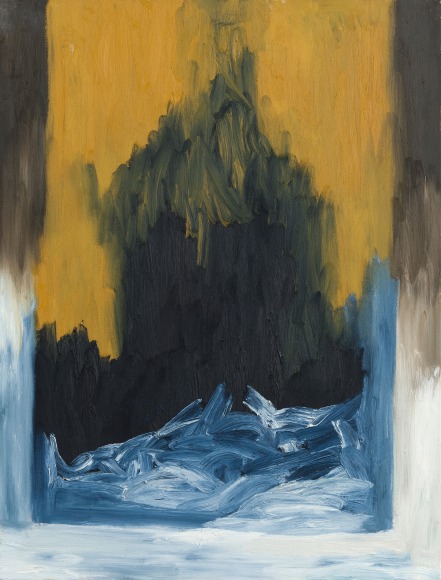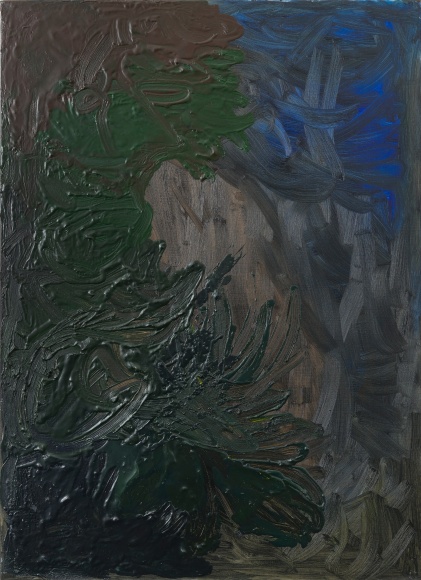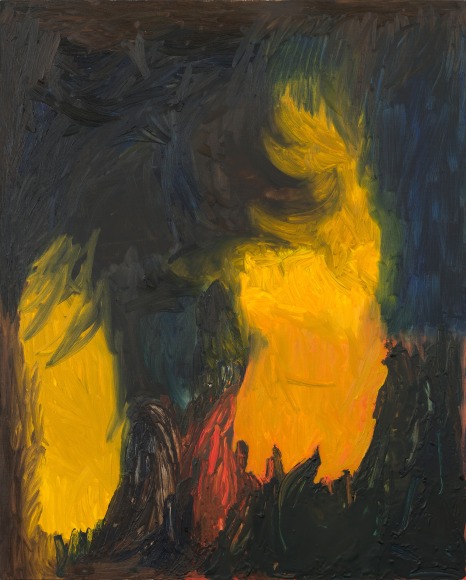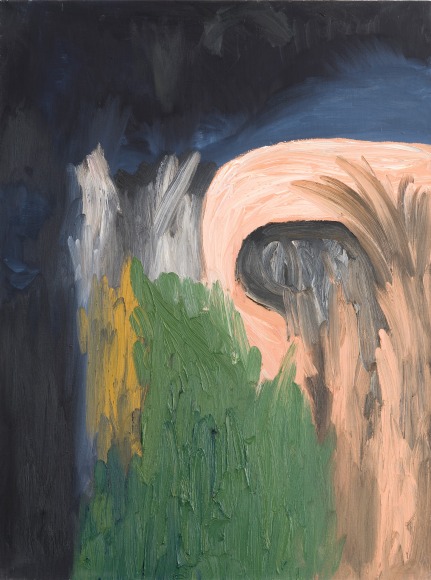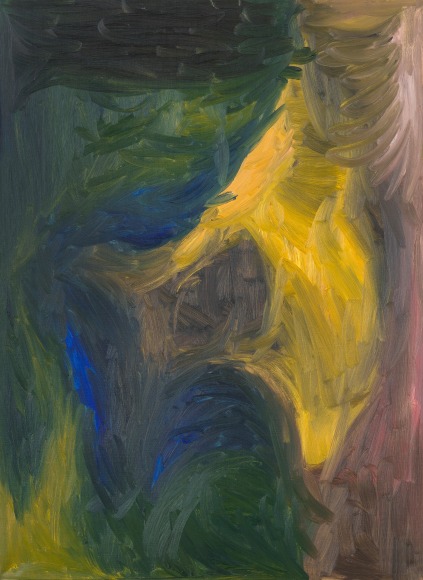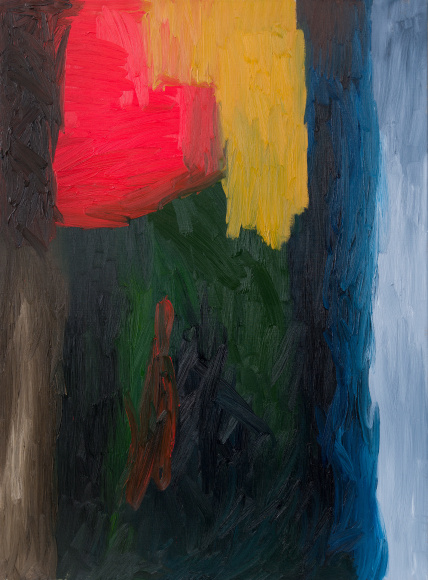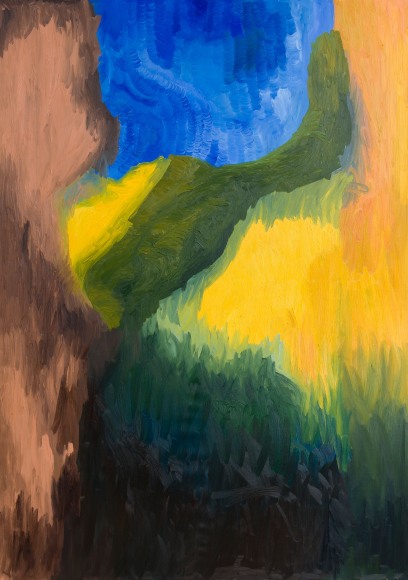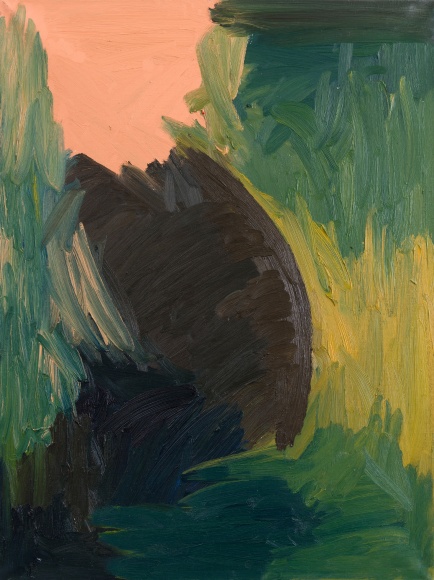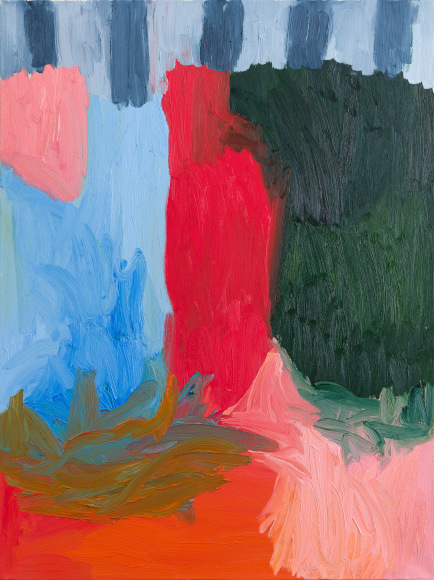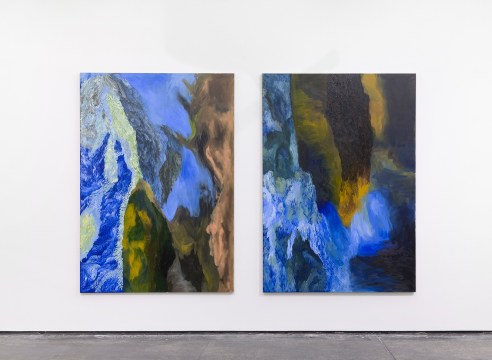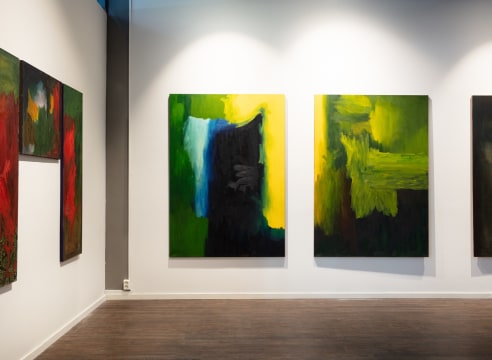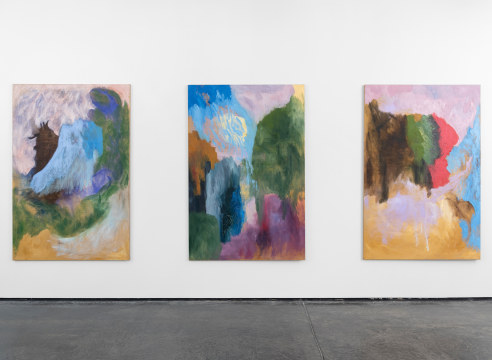
Norwegian artist Ilija Wyller (born 1987, New York) lives and works in Oslo, Norway. Wyller’s work includes painting and sculpture, with a primary focus on landscape painting; her sculptures are correspondingly based on thoughts around painting or painting alone.
In her artistic practice, Wyller draws inspiration from natural and urban environments - everyday events and emotions. To see the traces of one's cadence when one looks over one's own shoulder. Her work is based on photos taken in her own surroundings, the mood and the feeling they give. There are pictures of buildings that are falling into disrepair, construction sites that have grown back. Traces of people in nature, rubbish left behind. The photographs are of the transition between people, beings, objects and their respective surroundings. These photographs become in a way the starting point for sketches on paper - which form the basis of the paintings. The transitions between them can not be traced directly but they are influenced by each other.
Through her work Wyller strives for a minimal path from idea or inclination to execution of work. This is because our experience of a relationship or a place is immediate; the treatment of surfaces must be an active dialogue - where things, places and various moods coincide within the canvas. Our experiences are shaped, along with our surroundings.
Wyller’s paintings lie somewhere between ideas around Impressionist landscapes, actual landscapes and abstract expressionism. Her paintings are comprised of different materials, often layered - including textiles, such as curtains and furniture textiles, along with stone, cardboard mash, plaster. Wyller further works with different types of wax, microcrystalline, beeswax, that is, which she paints encaustic with hot wax and cold wax.
When observing Wyller’s paintings it is intriguingly apparent that they are painted in different tempos, temperaments and circumstances. She emphasizes on the variation in brushstrokes, the rhythm between the colour surfaces and what happens in the transition between the colour surfaces on the canvas. She is attentive to the contrasts between matte and glossy surfaces – resulting in paintings that are simultaneously both lean and oily. The same qualities of her paintings are further translated into the sculptures; the focus is on the expressive movement as a three-dimensional form.

